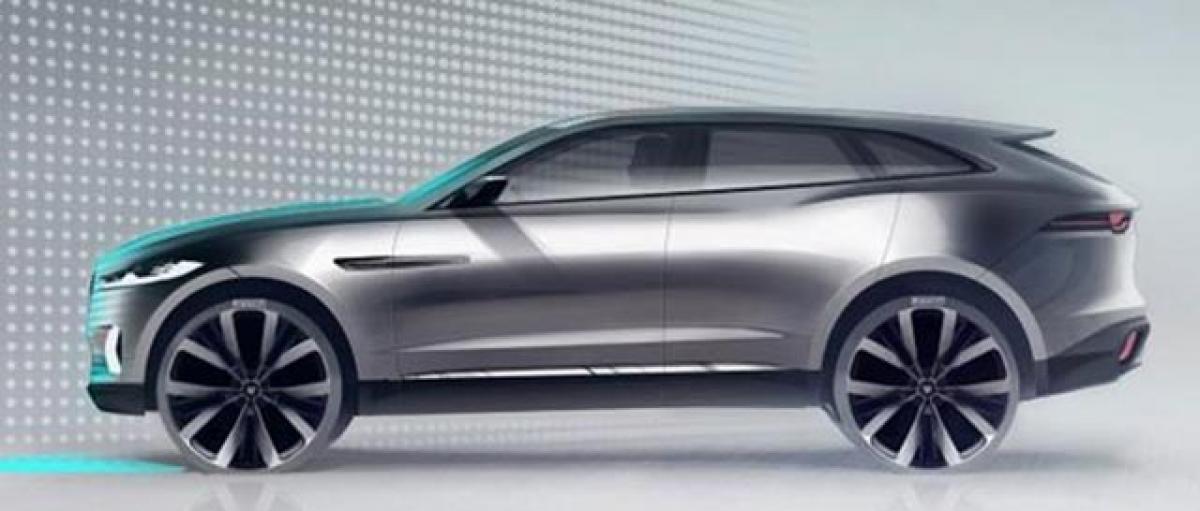Jaguar working on all-electric compact SUV

Jaguar has green-lighted an all-electric compact SUV which will launch in international markets by 2018. The electric SUV, which is set to be Jaguar’s first EV, is due to be revealed by the end of this year. No information has been released on the badging, but E-Pace, a name that Jaguar has trademarked, is a distinct possibility.
Jaguar has green-lighted an all-electric compact SUV which will launch in international markets by 2018. The electric SUV, which is set to be Jaguar’s first EV, is due to be revealed by the end of this year. No information has been released on the badging, but E-Pace, a name that Jaguar has trademarked, is a distinct possibility.
The E-Pace is believed to be slightly smaller than the F-Pace, with a lower roofline and even more dramatic styling. According to our sister publication Autocar UK, the electric SUV will be based on the Jaguar Land Rover EV platform unveiled a year ago. Although the project was called the Evoque_e, it is understood that Jaguar is now leading the project, and the styling of the new EV has recently been signed off.
It’s also thought that the new Jaguar will be an example of how battery power can underpin a serious performance car. Additionally, the electric SUV is expected to use technology honed from Jaguar’s new Formula E team as well. With the brand emphasising on performance and handling prowess, the new electric Jaguar will be an all-wheel drive.
Although this new platform uses aluminium construction, it has little in common with the structures used to underpin JLR’s current generation of aluminium cars. Much of the strength of the car’s structure comes from the battery pack, which forms the backbone of the structure and takes up the whole floor area. It is understood that this structure is easy to scale, and a slightly wider and longer version will underpin the planned Range Rover EV.
In the prototype, JLR said the lithium-ion battery pack was rated at 70kWh, but that’s likely to be slightly higher in the production car for a maximum range of 450 to 482km in ideal conditions. The motors in the JLR EV platform have been designed by the company itself. Dubbed Electric Axle Drive (EAD), they are designed to be cheaper to manufacture and more long-lasting than the existing ones.
The front motor develops 116hp and drives the front wheels through a single-speed transmission. The rear motor produces 198hp and is mated to a two-speed ZF gearbox, likely to be adapted from the unit used by the BMW i8. Combined power output is 312hp, but torque hasn’t yet been revealed yet.
The twin motors should permit dynamic tuning of this platform, offering torque vectoring for stability control and to help the car turn in to corners. It will also be possible to switch between front, rear and all-wheel drive almost instantaneously. Meanwhile, Range Rover’s future EV, which is unlikely to hit international showroom before 2019, is expected to be bigger than the E-Pace.




















